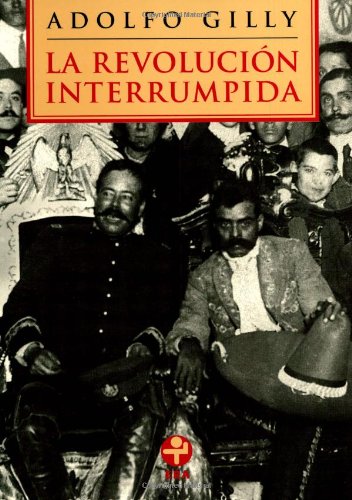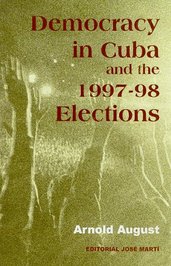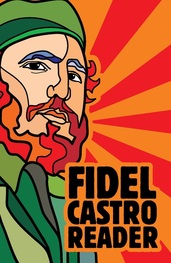Although the social and agrarian reforms declared by the Querétero Constitution increased the popular legitimacy of the government and contributed to social stability, the Constitution was not implemented: “the democratic clauses of the Constitution would largely remain a dead letter for subsequent governments, while its social clauses only received application insofar as popular organizations created a favorable relationship of forces.” Only with the government of Lázaro Cárdenas of 1934 to 1940 would the social and agrarian clauses of the Constitution be implemented (Gilly 2005: 238-39, 267).
From 1917 to 1920, Carranza increasingly sought to forge an alliance with the old Porfirian landowning class, from which he himself originated. This led to opposition from the radical current among the petit bourgeois military officers, culminating in the fall and assassination of Carranza in 1920. Alvaro Obregón, who had consistently represented the more progressive forces within Carranzism, launched a presidential campaign in 1919 in opposition to Carranza, and he made new agreements with labor leaders and with a sector of the Zapatist leadership. The transition from Carranza to Obregón represented a change from a policy of stifling the masses through repression to containment of the masses through more significant concessions, but concessions that nonetheless did not jeopardize the property interests of the new bourgeoisie. It represented the consolidation of the peasant-worker alliance forged from above and the consolidation of a new class system ruled by a new bourgeoisie (Gilly 2005:312-26).
Thus, the Mexican Revolution of 1910-20 was a peasant revolution advanced by the military victories of peasant armies, but peasants did not come to power. Rather, there emerged a new political-economic elite, consisting of ascending petit bourgeois officers of the Constitutionalist Army. Thus it was a revolution: the taking of power by a sector of the people, displacing the ruling oligarchy. It was a popular revolution in the sense that the popular classes, particularly the peasants, were its driving force. But it did not triumph as a popular revolution, in that only one sector of the popular classes came to power, and it in turn would institute a new form of class rule. Central to the new form of class rule was popular rhetoric in support of revolutionary goals, and a degree of concessions to the popular classes. It was a system of reform from above, designed to enlist the support of workers and peasants while protecting the property interests of a newly triumphant bourgeoisie.
References
Gilly, Adolfo. 2005. The Mexican Revolution. New York: The New Press. (Originally published as La Revolución Interrumpida by El Caballito, Mexico, in 1971).
Key words: Third World, revolution, colonialism, neocolonialism, imperialism, democracy, national liberation, sovereignty, self-determination, socialism, Marxism, Leninism, Cuba, Latin America, world-system, world-economy, development, underdevelopment, colonial, neocolonial, blog Third World perspective, Mexican Revolution, Mexican Constitution of 1917, Querétero Constitution, Carranza, Obregón

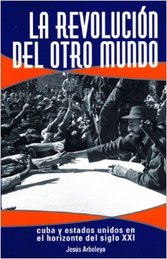
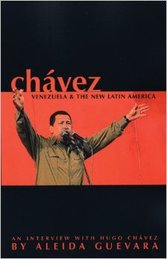
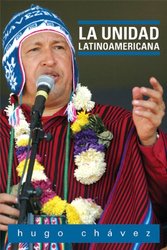

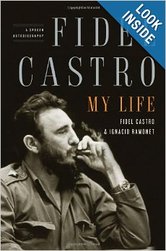
 RSS Feed
RSS Feed
